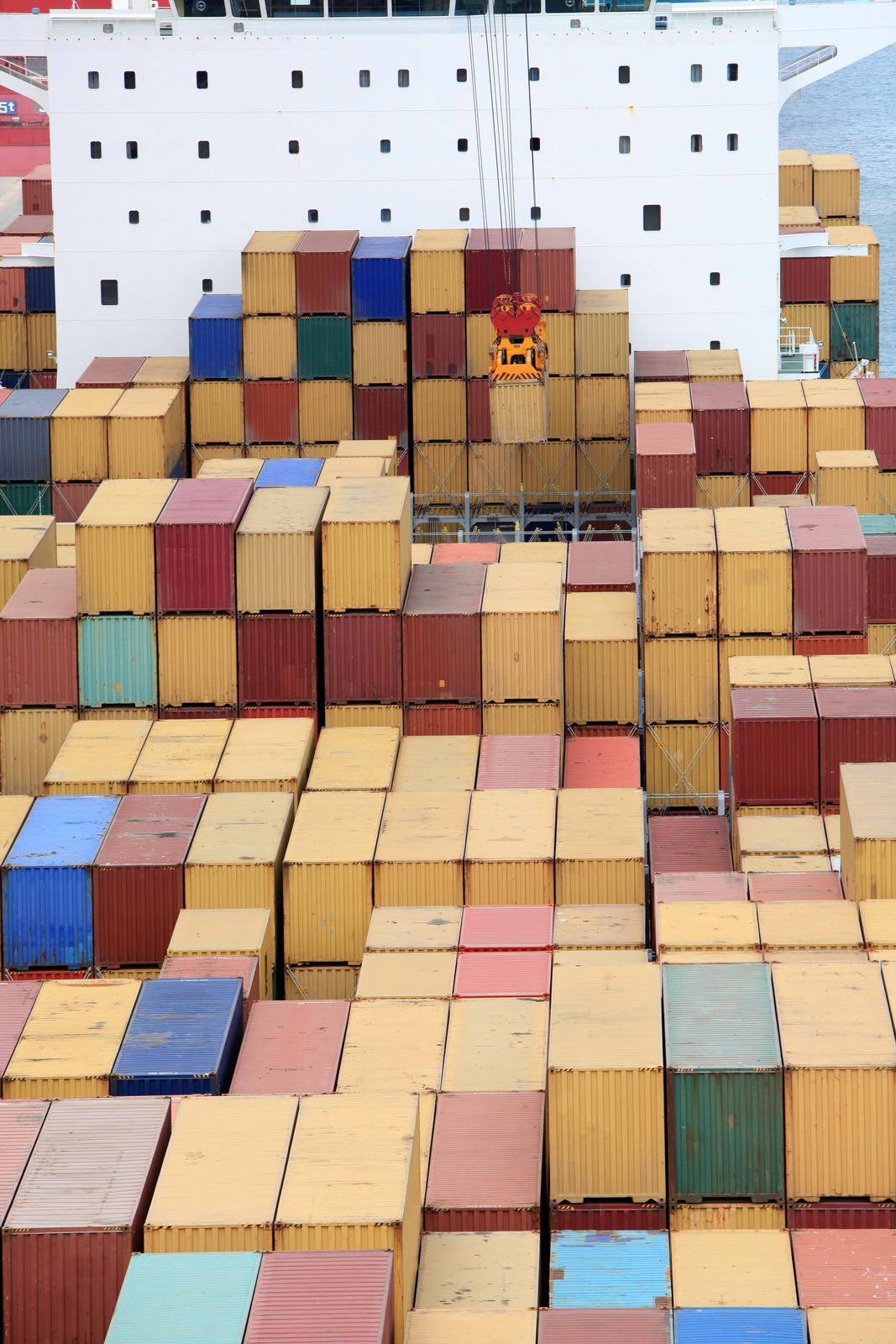Course for container handling equipment operator

Container handling equipment is mainly used in ports. They are also used at other types of points that are used for the movement of containers with their cargo. They assist in the smooth movement of containers.
In order to operate such equipment, it is necessary for the employee to be certified to operate it. The authorisations are obtained by means of a training course which ends with an examination before a commission from the Office of Technical Inspection.
Maintaining safety
Before handling a load, the operator must always check its weight and compare it with the maximum rated load capacity. The load that is placed on the trolley must be adequately secured and stable. When dealing with loads of non-standard dimensions, particular care must be taken.
Kalmar ECO Reachstacker
One of the most popular cargo handling machines is the Kalmar ECO Reachstacker. It not only provides greater efficiency for container terminals. It is also preparing operators for the future electrification of reachstacker equipment.
The reachstacer transmission system used on the Kalmar ECO is the most advanced in the world, which sets it apart from others. It features a hydromechanical continuously variable transmission system. It differs from the standard one in that the operator does not have to constantly brake and accelerate.

The Eco Reachstacker is more economical. Its fuel consumption is approximately 40% less compared to 5-10 year old machines that have standard drive trains.
The reduction in fuel consumption is undoubtedly financially beneficial. However, this is not the only financial benefit of the ECO Reachstacker. It can perform around 50% more movements per hour compared to standard equipment. This is all thanks to a combination of drive system management and working hydraulics. This is also influenced by the reduction in refuelling time
Start of work
Before handling a load, the operator must always check its weight and compare it with the maximum rated load capacity. The load that is placed on the trolley must be adequately secured and stable. When dealing with loads of non-standard dimensions, particular care must be taken.
Cargo manipulation
The operator should remember to exercise extreme caution when handling a load. The trolley must not be driven at too high a speed, especially when dealing with particularly heavy loads. If the load is too heavy there is a risk of tipping over.
The forklift operator can perform 3 main movements when handling loads. These are
- Raising and lowering the forks;
- Tilting the trolley mast towards and away from you;
- Moving sideways the carriage with forks.
Depending on the model of the machine, its movements can be different, for example allowing the spacing to be adjusted or the position of the forks to be changed.
Procedures when handling cargo:
- Drive up to the load in the transport position with the front of the trolley;
- Stopping the trolley in front of the load;
- Putting the mast in the correct position;
- Adjusting fork spacing and height;
- Pulling the trolley up;
- Placing the fork under the load;
- Raise the fork to the correct height;
- Tilting the mast backwards;
- Getting to the unloading site.
Training offer
Our company offers theoretical and practical courses using modern technology. Theoretical classes are also conducted online. Each course participant gains access to the training at a time convenient to them, all they need is access to a tablet or laptop.
If there is a demand for closed classes, we offer the possibility of organising them. Such classes can be individual or for small groups.
Container truck licence

Do you want to become qualified to operate container trucks?
In order to operate container handling equipment, it is necessary for an employee to be certified to operate it. Certification is obtained through a course that ends with a state examination. This can be conducted by an inspector from the Office of Technical Inspection or the Transport Technical Inspection. The course will help you prepare for the exam. Once you have completed the training course and passed the examination, you will be awarded the relevant licence. This allows you to work as a forklift truck operator with container gripping.
Reachstacker courses
Container trucks, or so-called reachstackers, have the highest performance in the category. They have a load capacity of up to 45,000 kg and their lifting height can be up to 16 m.
The course is open to those who meet the following requirements:
- at least 18 years of age;
- minimum basic education;
- the presentation of a medical statement that authorises work in the profession.
Training programme
Our company has specialised staff. It is fully equipped to provide courses for all types of forklift trucks and reachstackers.
| Issues covered in training: |
| Principles of technical supervision; Regulations and legal standards of the Office of Technical Inspection; Learning to carry containers; Learning how to stack containers; Health and safety rules necessary for working as an operator; Driving container trucks. |




































